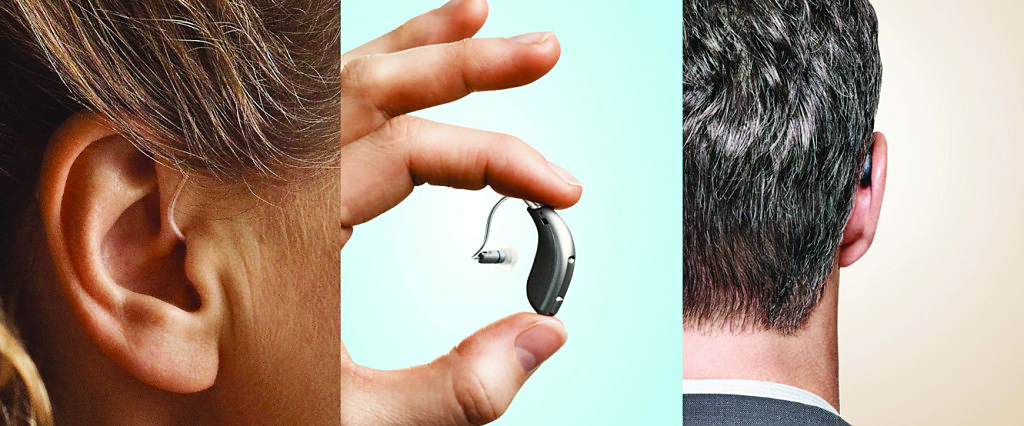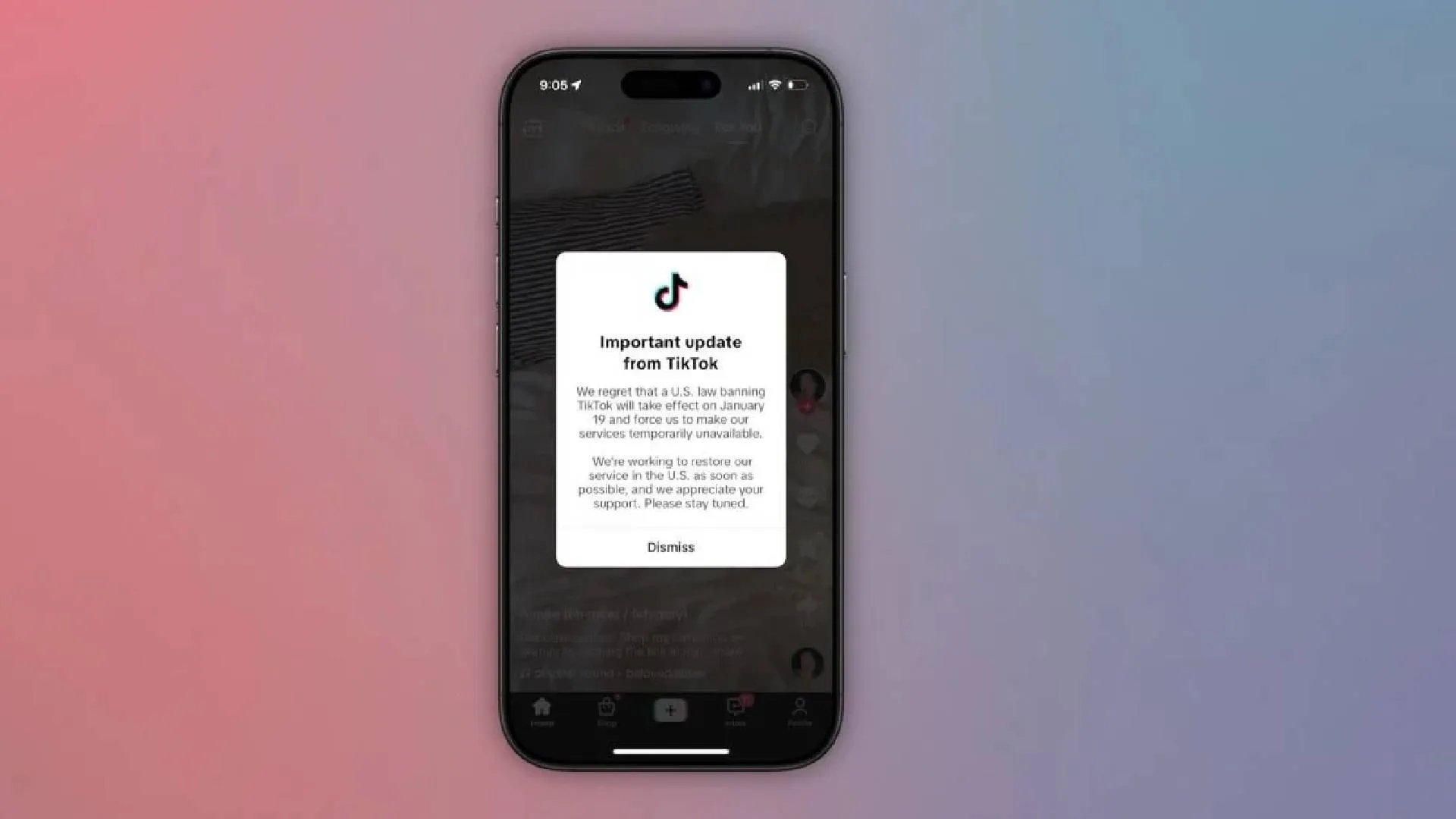Humanity has suffered from hearing loss for years. But although the causes and treatment of the condition have changed, it has always affected communication and social interactions. Let us go back in time and see how we coped with hearing loss.
Early Solutions: Amplifying Nature’s Design
In past civilizations, people who were deaf would use primitive aids that could be found around them. Egyptians used their hands held behind their ears to increase the volume of a sound that was spoken towards them while Greeks and Romans used ear trumpets, which were basically large cones directing sound waves into an ear canal. These initial devices offered some passive help like cupping your hand behind your ear today.
Medieval Misconceptions and Stigma
During the Middle Ages, little progress was made in terms of hearing aids. Demonic possession or divine retribution was often blamed for hearing loss. Consequently there were social stigmas accompanying it leading to isolation.
The Enlightenment Ushers in Innovation
The 18th century saw a resurgence in scientific and technological endeavors. During the 1700s inventors such as Edmund Leach created mechanical ear horns with built-in funnels or chambers designed to amplify sounds better than ever before. Nevertheless, these things had improved on earlier models.
The 20th Century: Electronics Enter the Ear
The last hundred years have seen radical changes in hearing aids design. It all began at the carbon microphone invention stage in 1898 when carbon microphones were introduced (Carlson 2005). This led to the first electronic hearing aids by the early 1900s (Aran & Charlet De Sauvage, 1993). These were huge devices that used valves for sound amplification, though they were a great leap forward. The advent of transistors in the mid-20th century shrank hearing aids, making them more wearable and less conspicuous.
The Digital Age: A New Era of Sophistication
Hearing aid technology has been revolutionized by the digital age over the last few decades. Sophisticated sound processing is possible through digital technology which allows it to filter out background noise while amplifying important sounds. Stylish designs, comfortability are some of the characteristics of modern hearing aids with Bluetooth options and directional microphones.
The Future: A World Without Hearing Loss?
There is so much potential in tomorrow’s hope for hearing loss. Scientists are considering gene therapy as a potential cure for certain types of deafness. Advancements in cochlear implants and development of brain-computer interfaces have possibilities for those suffering from profound hearing loss. One forward-looking approach involves BCIs (brain-computer interfaces). In principle, these devices could bypass the damaged inner ear entirely and directly stimulate the auditory cortex with electrical signals derived from sound waves. BCI technology is still at its nascent stages but has the potential to give back hearing to severely deaf people. Picture a world where one can ‘hear’ music directly through their mind—they experience its rhythm and feel its emotions, without needing a physical implant.
Advanced Features for Seamless Integration
Modern hearing aids are packed with features that make them more user-friendly and integrate seamlessly into daily routines such as:
Bluetooth Connectivity: A number of digital hearing aids have direct connection capabilities to smartphones, which enables users to send phone calls, music and other audio from their devices right into their ears.
Rechargeable Batteries: You can now say goodbye to the inconvenience of changing those small batteries constantly. Rechargeable batteries are also incorporated into many contemporary hearing aids that can go for a whole day on a single charge.
Telehealth Capabilities: Audiologist enabled remote fine-tuning is available on some models, thereby reducing the need for multiple visits.
Improved Design and Aesthetics:
That era of conspicuous, large-sized hearing aids is over. Sleek digital hearing aids are now designed to be comfortable and inconspicuous. These come in many different styles so as to cater for various taste buds ranging from discrete ones barely visible in the ear canal through comfortable behind-the-ear models
This journey has moved us from primitive ear trumpets to advanced technological assisted hearing loss solutions as we continue to strive against it. As technology advances even further, we look forward toward more sophisticated solutions that will help those with impaired hearing fully participate in life.
The author is the Audiologist, Founder & Managing Director at Hearzap.






















